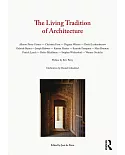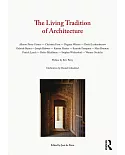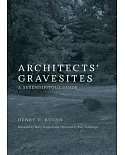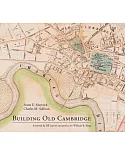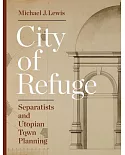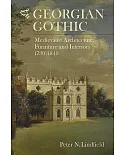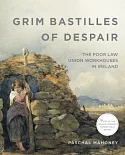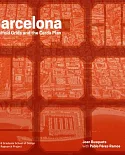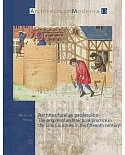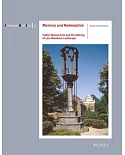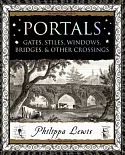For the first time, instructors of Medieval Architecture have a selective survey that obviates the need to piece together teaching material from several sources. Medieval Architecture in
Western Europe: From A.D. 300 to 1500 presents a selection of major monuments of Medieval European architecture in a single volume. Beginning with a study of structural antecedents found
in late Roman architecture, the author examines Early Christian borrowings and transformations and selected representative types of Byzantine buildings. The following chapters cover the
development of the monastic complex, traditional forms of Northern timber construction, and the contributions of the Carolingian and Ottonian empires. Spanish structures from the seventh
century through the tenth century set the stage for the development of the Romanesque style, examined in its various regional manifestations. After identifying the structural sources of Gothic
architecture, the author presents the evolving regional Gothic styles, Late Gothic elaborations and innovations, and representative types of secular architecture. The text concludes with an
informative chapter on medieval building practices and the tradition of the Master Mason.
Medieval Architecture in Western Europe: From A.D. 300 to 1500 is thoroughly illustrated with plans, sections, diagrams, and photographs, and also includes an IBM-compatible CD-ROM,
featuring over 800 supplementary views and details of the buildings discussed, all in color. Filling the gap between general surveys of architectural history and specialized works on specific
periods and regions, this book is ideal for introductory courses in Medieval Architecture, but will also satisfy any reader with an interest in the Middle Ages.


